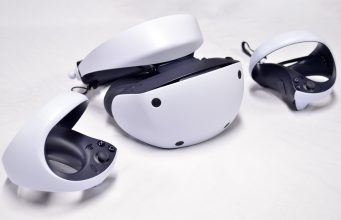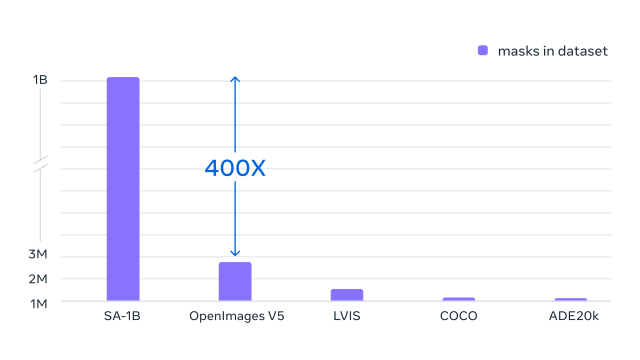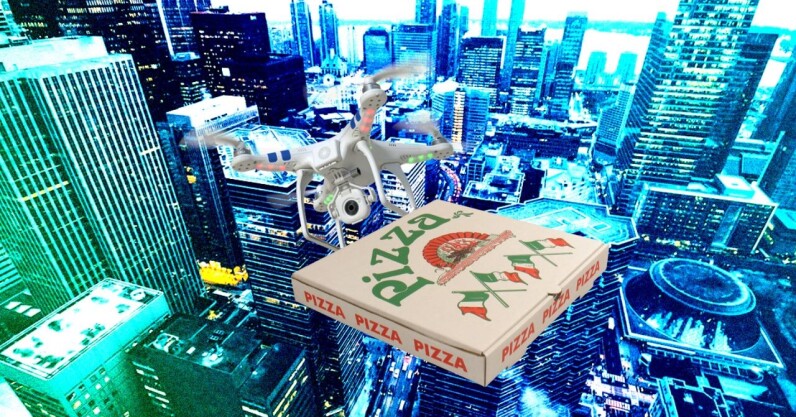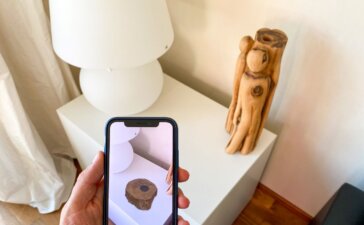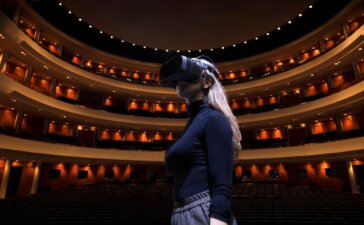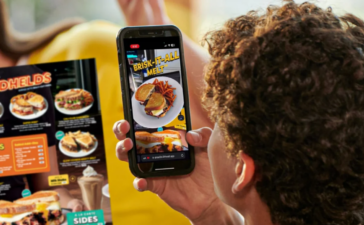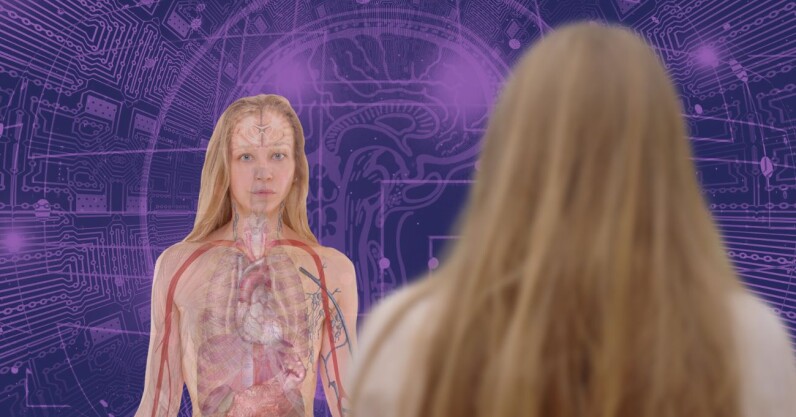Announcing TNW Conference 2023: Reclaim the future

When TNW Conference first took place in 2006, the digital disruption was still in its early stages. The conference served as a platform for forward thinkers to explore what a tech-enabled future could, and eventually would, look like.
Today, technology has transformed everything. Yet somehow, the future used to feel more promising than it does now. There’s no need to elaborate on the emotions that come to mind when thinking about the future in a time of such uncertainty and anxiety.
As one of the premier tech events and media brands in Europe, we are acutely aware of the power and responsibility that comes with being able to reach millions of people and promote impactful messages. And I believe that this period in TNW Conference’s 17-year history is perhaps more important than ever before.
In the past few turbulent years, we chose not to have an evolving annual theme for the event. Instead, we focused on showcasing our beloved conference as the place where “the next in tech” is discovered, right now. That fundamental aspect will never change, but in 2023, it’s time for us to be bold again.
So, if TNW is the heart of tech, then we need to be the place where the passionate individuals creating, investing in, or utilising technology for a better future can come together. And even better, in a space that is inclusive, engaging, and enjoyable.
We’ve been doing this for 17 years without explicitly saying it, but TNW Conference is the place where you can reclaim the future. This year, we’re making it the main theme of the event.
This summer, let’s go back to when the future excited us. When technology meant hope, innovation, endless possibilities. Not with the all-encompassing techno-optimism of the 2000s, but with a responsible, balanced approach of the 2020s that still leaves us the mental space to be inspired, curious, and empowered.
Join us in Amsterdam on June 15–16, 2023 to rediscover the excitement and promise that technology holds, and let’s shape a brighter tomorrow together. See you in the future.
Get the TNW newsletter
Get the most important tech news in your inbox each week.
Also tagged with
Announcing TNW Conference 2023: Reclaim the future Read More »



